Sony phones don’t sell large volumes, but they have made a name for themselves. More often than not, it’s their displays that make them so popular – whether it’s the early 4K displays or how small they are, we usually have a lot to talk about when a new Sony phone arrives.
We have decided to group the phones into three categories: flagship, premium and mini. Premium models were called that for a while, although we also count Z Ultra here. As for the minis, most of them were part of the Compact line and we have included a couple of precursors.
The table itself tells an interesting story, and the charts we’ve included make it easy to visualize. What is missing is almost as important as what is there. Look at all the gaps in the Premium segment – those were special occasions. You can read our Flashback post on the Xperia Z Ultra for more details on the first ever phone with a 4K display.
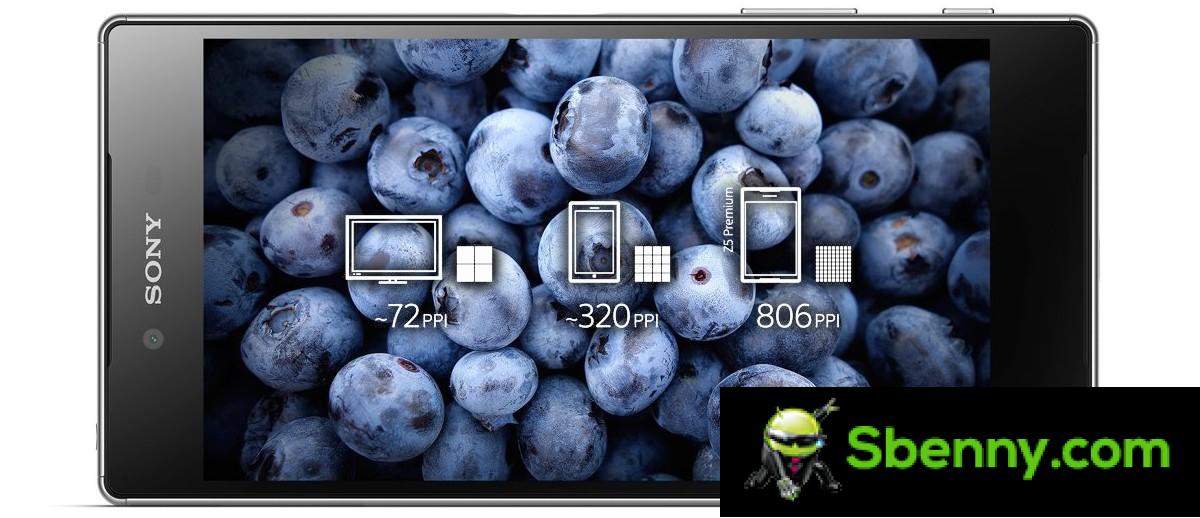
Should we have moved the Xperia 1 series to the Premium category? We discussed it, but then there will be no top models. The same goes for the “minis”, the Xperia 5 series is not that small, but it is the smallest Sony flagship.
The rankings make it easy to see the evolution of Sony’s lineup. For a number of years, flagships have opted for a 5.0-5.2 inch screen and 1080p resolution, while the compacts have opted for a 4.6 ”720p display.
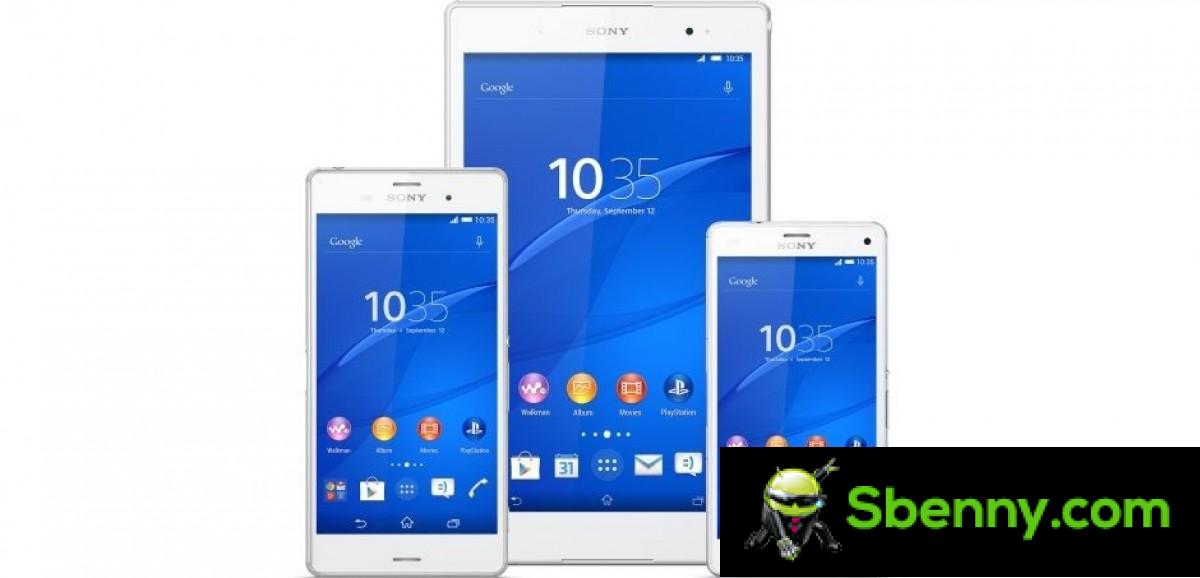
We think the launch of the Xperia XZ3 was a pivotal moment for Sony. It was his first phone with an OLED display, ditching the Triluminos LCDs he’d been pushing for years (they used technology borrowed from Sony’s TV department).
But take a closer look, the XZ3 has also moved away from the standard 16: 9 aspect ratio, replacing it with 18: 9. Sony phones from previous years drew criticism for their relatively chunky bezels, the XZ3’s new screen helped it achieve a much better screen-to-body ratio. This phone also broke the 1080p barrier, coming in at a resolution of 1,440 x 2,880 px.
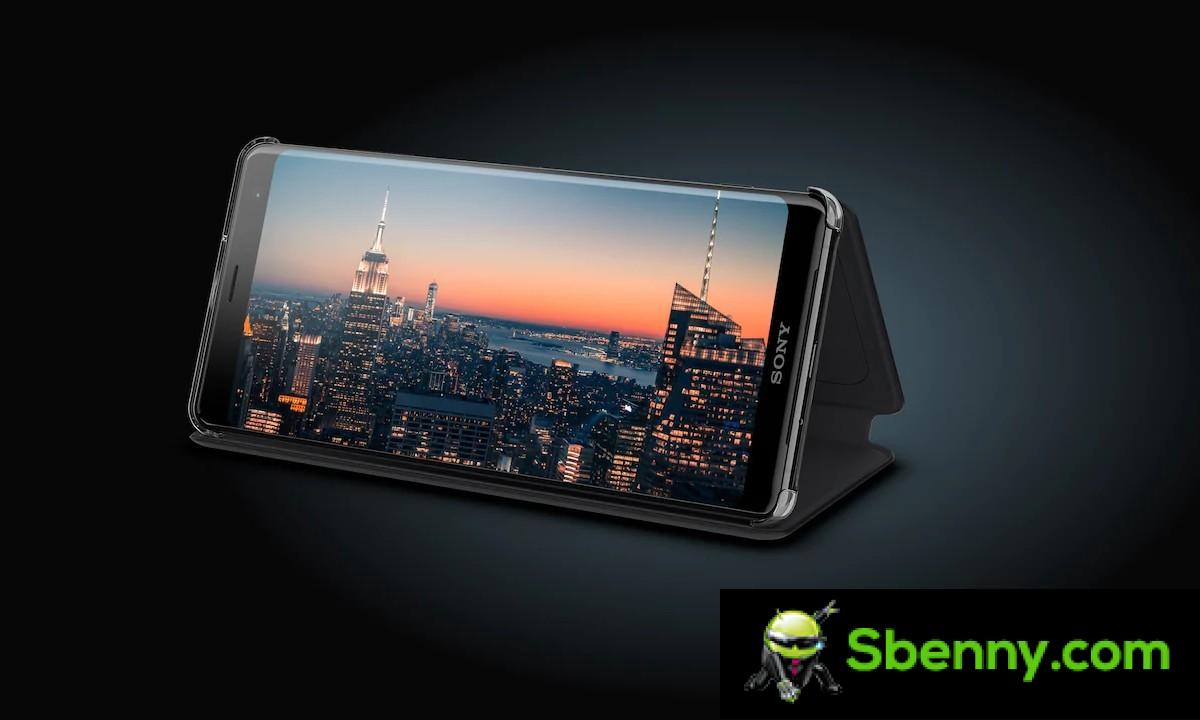
The following year Sony completely redesigned its smartphone line-up with the introduction of the number series. The aspect ratio has been further stretched to 21: 9, which is now what the Xperia 1, 5 and 10 are known for.
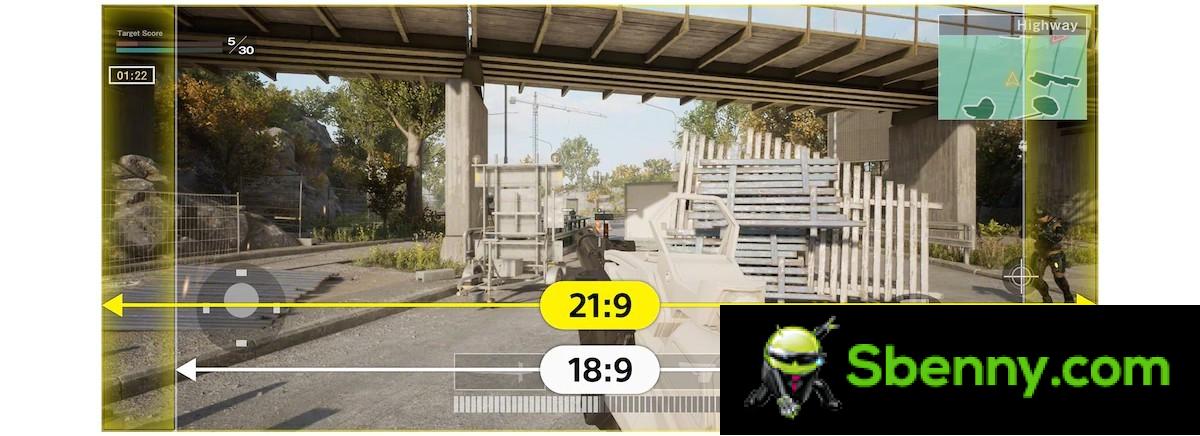
At the same time, the screen size has increased significantly across the board. The new design has helped Sony increase the StB ratio, despite maintaining regular bezels above and below the displays: instead of notches, Sony phones have front-facing stereo speakers. They also have notification LEDs.
It may have cost us the Compact line, but Sony has found a unique identity for itself: flat rectangular displays with extra wide aspect ratio are a key part of it.
Before closing, we should talk about the Xperia 1 series. First of all, we have put an asterisk next to the 4K label for the display resolution. While the display has 3,840px on one side, its slim aspect ratio means the other side only has 1,644px instead of the full 2,160px for 4K. Only Premium phones have true 4K resolution.
Also, that resolution is reserved for multimedia content, the interface is rendered at 1080p. Although these insane pixel density numbers push the limits of 20/20 view. We also don’t know exactly what caused it, but Sony came late to the High Refresh Rate (HRR) party. Its first HRR display was the Xperia 5 II’s 120Hz panel in 2020, then Xperia 1 models adopted this feature starting the following year.
But as we have said many times, Sony is not “late” in adopting a particular feature (be it HRR, OLED or whatever). Instead, the company marches to the beat of its drummer and at times it seems the Tokyo headquarters are unaware of the smartphone market in general.


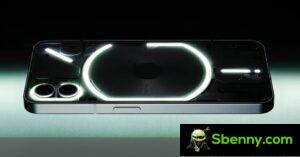




Start a new Thread